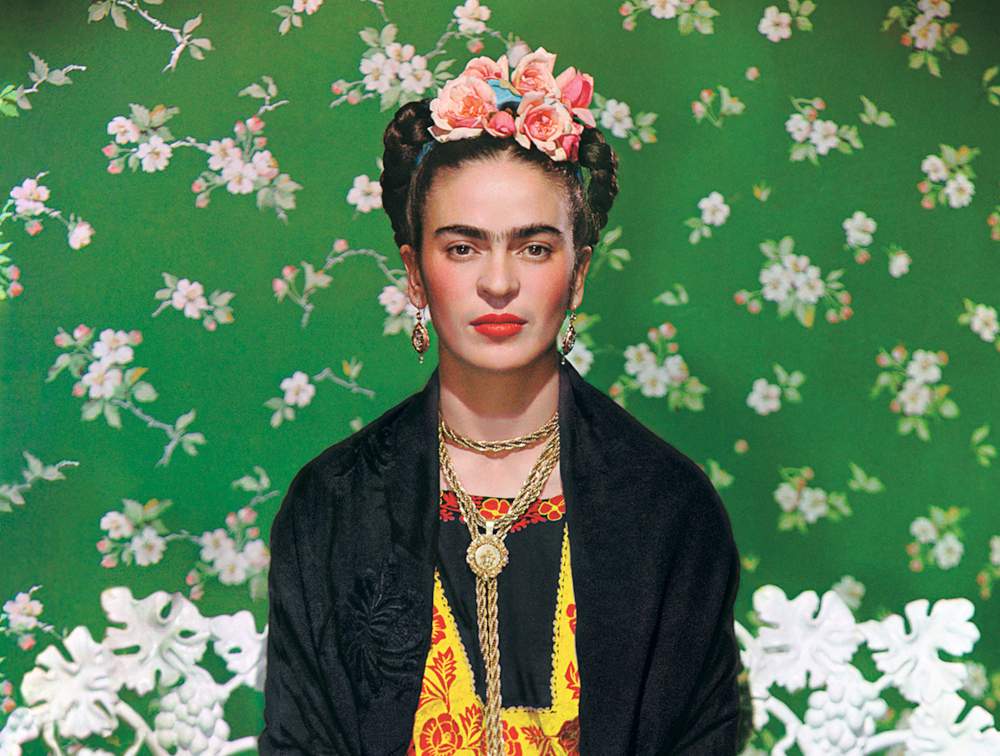Padua the only Italian stop for a major exhibition dedicated to Frida Kahlo and Diego Rivera
From February 14 to June 4, 2023, the Centro Culturale Altinate San Gaetano in Padua hosts Frida Kahlo and Diego Rivera, curated by Daniela Ferretti. A major exhibition recounting the two Mexican artists, protagonists of one of the most famous love stories in art history, which will make a stop in Italy only in the Venetian city. Promoted by the Department of Culture of the City of Padua, the exhibition is organized by the Vergel Foundation, MondoMostre and Skira, in collaboration with the Instituto Nacional de Bellas Artes y Literatura (INBAL).
The core of the works comes from the celebrated U.S. collection of Jacques and Natasha Gelman: successful filmmaker and refined collector he, and Natasha who, after the death of her husband, continues to enrich the collection.
In their collection the couple counted on the best of contemporary European art, from Balthus, to Chagall, Giacometti, Matisse, Picasso, and the young Bacon, but they had a particularly intense relationship with the two Mexican artists, by whom they also had their portraits painted. Thus several works by Frida, including her most famous self-portraits, and Diego, featured in the exhibition, entered their collection.
As many as twenty-three works by Frida Kahlo and nine by Diego Rivera will be on display, as well as photographs by Karl Wilhem Kahlo, a German Jew who emigrated to Mexico and was a skilled architectural photographer. Frida, at a very young age, accompanied him on his campaigns around Mexico, and this collaboration greatly influenced his art, starting from the “familiarity with the objectivity and even the rawness of the person handling a camera to the rigorous construction of the image and the meticulous taste for detail,” writes Dario Dalla Lana.
Frida, as well as, in a more limited way Diego, attracted the best international photographers of her time. On display are portraits taken by Héctor Garcia, Manuel Álvarez Bravo, Giséle Freund, Martin Munkacsi, Nickolas Muray, Lucienne Bloch, and Edward Weston.
Finally, a section is devoted to Mexican customs, the colors of which are found in her works and in the works, from murals to oils on canvas, of his.
It is the iconic, strong, living Mexico that the exhibition aims to bring out.
Victoria Combalía, in her catalog entry, asks who Frida Kahlo really was and why so many people are fascinated, in equal measure, by her life and works. She finds the answer in the account of her birth. “Magdalena Carmen Frida Kahlo Calderón came into the world on July 6, 1907, in the Coyoacán neighborhood of Mexico City. Years later she would dedicate a painting to her own birth: a child who appears to be dead rises from a woman whose face is concealed by a sheet; on the bed, an effigy of Our Lady of Sorrows pierced by swords, as a kind of omen of all misfortunes to come. With great perspicacity and a good dose of machismo, Diego Rivera said that Frida expressed ’with absolute frankness and in a quietly fierce way, the general facts that concern women exclusively.’ For him, as for Picasso, woman was destined to suffer. In reality, three different Fridas seem to have existed. One is the one revealed in the artist’s letters and writings: a suffering and unstable person, but also lively, politically combative, always looking for love, contradictory, ironic and endowed with a great sense of humor. The second is the haughty Frida who nails her gaze on the viewer to the point of hypnotization, impassive and with her face slightly tilted to one side. The last is the one who, without ever neglecting pride and demeanor, presents herself as a mask of pain; the icon, soon to be converted into a symbol of women’s suffering, on which the interpretation of her painting as a vindication of the female condition is based. Today as yesterday, the myth of Frida Kahlo lives on.”
The exhibition will open to the public on Feb. 14, from 3 to 9 p.m. with reduced admission for all at 10 euros.
For more info: www.mostrafridapadova.it
Hours: Monday through Thursday and weekends from 10 a.m. to 7:30 p.m.; Friday from 10 a.m. to 10 p.m.
Overtime opening days and times.
Feb. 14 from 3 to 9 p.m.; April 9 and 25 from 10 a.m. to 7:30 p.m.; May 1 from 10 a.m. to 7:30 p.m.; June 2 from 10 a.m. to 10 p.m.
Image: Nickolas Muray, Frida Kahlo on a Bench #5, detail (1939; 45.5 x 36 cm; The Jacques and Natasha Gelman Collection of 20th Century Mexican Art and the Vergel Foundation) © Nickolas Muray Photo Archives
 |
| Padua the only Italian stop for a major exhibition dedicated to Frida Kahlo and Diego Rivera |
Warning: the translation into English of the original Italian article was created using automatic tools. We undertake to review all articles, but we do not guarantee the total absence of inaccuracies in the translation due to the program. You can find the original by clicking on the ITA button. If you find any mistake,please contact us.




























